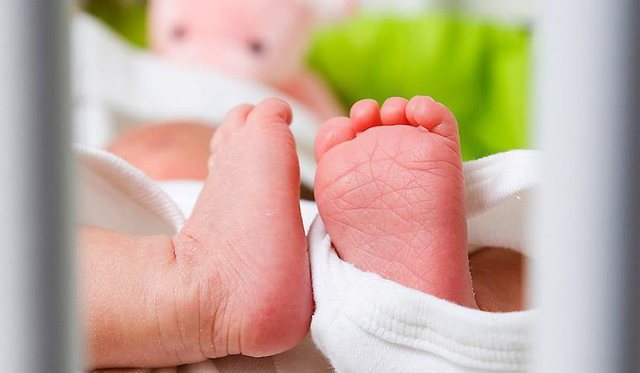
Albania was ranked among the 7 countries with the lowest fertility rate in Europe for 2018, leaving behind only Greece, Cyprus, Italy, Spain, Malta and Ukraine, according to Eurostat data.
The fertility rate in Albania in 2018 was 1.37 children per woman. This rate is well below the population replacement threshold (above 2) and signals the downward trend of the Albanian population, which is shrinking rapidly due to high emigration.
According to Eurostat, Georgia had the highest fertility rate, recording 2.09 births per woman, while all other European countries had the fertility rate below the replacement level.
However at the European level, Turkey gave France, occupying second and third place respectively for high fertility rates with 1.99 and 1.88 births per woman, followed by Romania, Sweden which had a birth rate per woman at the levels 1.7.
The fertility rate in Albania is the second lowest among other countries in the Balkans, with 1.37 births per woman, compared to 1.42 in Northern Macedonia, 1.76 in Montenegro, 1.49 in Serbia. The lowest rate is in Bosnia and Herzegovina, with 1.3 births per woman, while the highest is in Kosovo, at 1.65.

Albania still has a young population, with 17.2% of the total under the age of 15, compared to 16.4% in Northern Macedonia, 18% in Montenegro, 14.3% in Serbia, and 16.4% in Bosnia. But the youngest population is in Kosovo, with 24.4% of the total population.
The declining fertility rate below the population replacement rate across Europe signals a declining population over the decades and rapid aging. The continent is therefore struggling to meet the needs of the labor market. Demand for work driven by the demographic factor will create the conditions for a safe flow of emigration even from developing countries such as Albania.
Data on net emigration showed deterioration in 2019, with about 23 thousand people, most of whom sought economic asylum in the EU.
Source: Monitor





